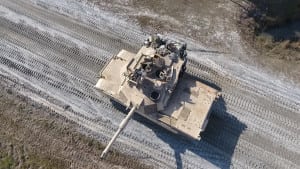
HUNTSVILLE, Ala.--Lockheed Martin [LMT] will continue to develop the Army’s future vehicle missile shield open architecture controller, a central brain that will operate a suite of technologies providing layered protection against enemy guided munitions.About 45 companies are working in a consortium to design the Army’s Modular Active Protection System (MAPS) suite of sensors and countermeasures aimed at shielding a variety of Army vehicles from proliferating advanced munitions. Lockheed is in charge of developing the open-architecture controller that will link all…

 By
By 











